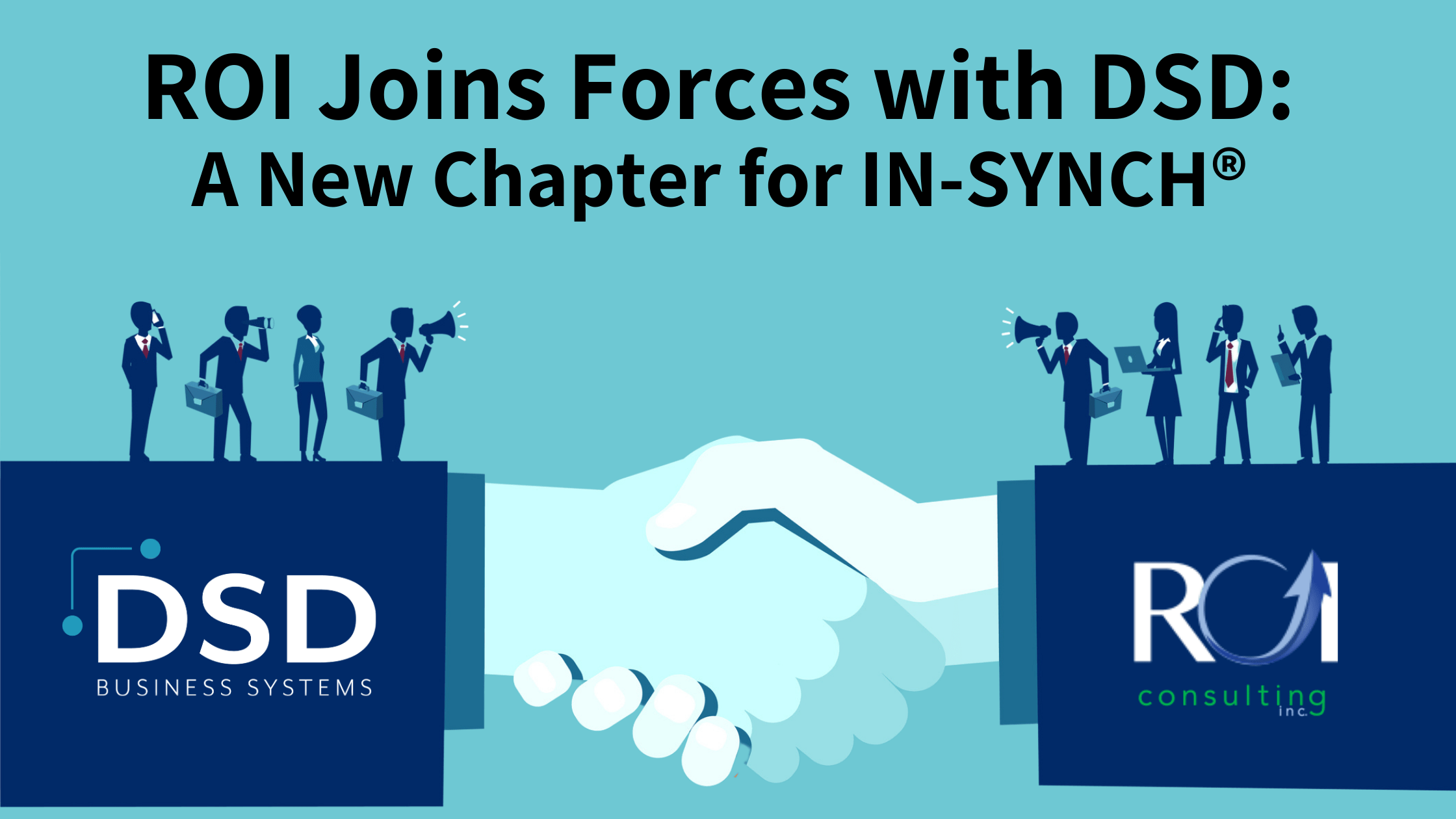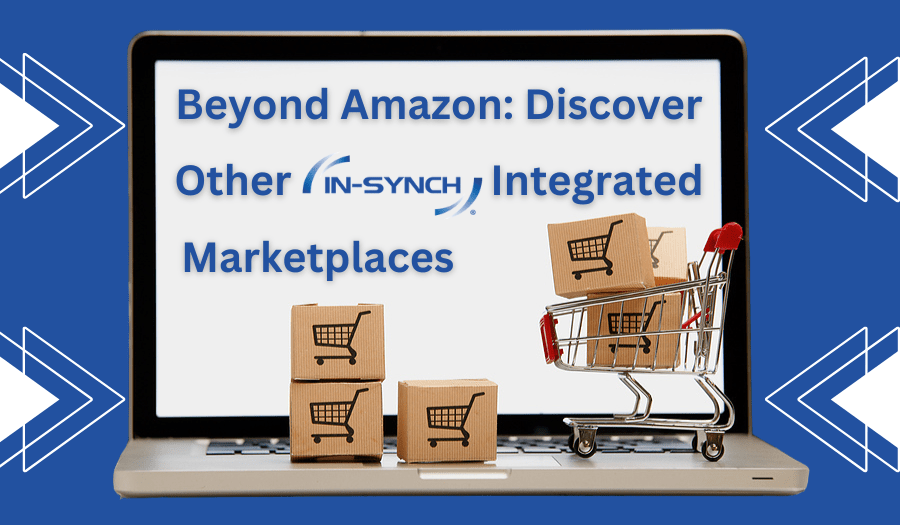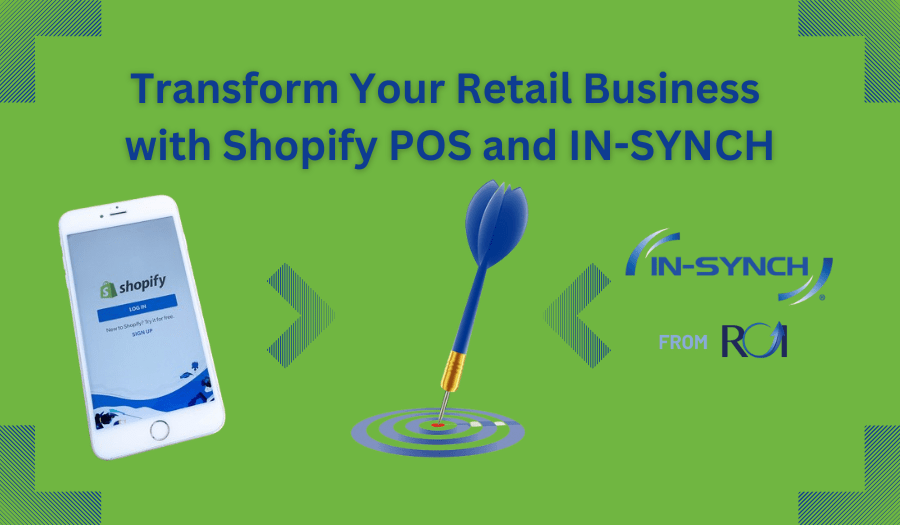By Ruth Richter • September 11, 2019
With the popularity of PayPal and Apple Pay, it’s becoming less and less likely for Americans to carry cash in their wallets. In fact, CNBC found that approximately 3 in 10 adults do not use cash at all for purchases, and those who do carry cash typically have less than $50 on them.
There’s no doubt that we’re moving to an increasingly cashless society, and nowhere is that more prevalent than ecommerce. Since it’s a little difficult to send cash through your Wi-Fi router, ecommerce relies on credit cards, debit cards, and payment services such as PayPal to collect revenue in exchange for goods.
But accepting credit card payments on your ecommerce store is a little more complicated than just adding a field where a customer can type in their MasterCard number. Here are some tips to get you started with accepting credit card payments on your new ecommerce site.
First, You’ll Need a POS System
Your Point of Sale (POS) software system serves as the central hub. These systems can manage transactions, track inventory, and even provide business analytics. Some POS systems are part of an all-in-one solution that includes payment processing and merchant services, but if you’re anticipating sales volumes of more than $20,000 a month, a separate merchant account is the better way to go.
All-in-one systems have the advantage of providing hardware that processes credit cards seamlessly, using their own readers, and typically results in fewer technical or connectivity issues. These systems also work with many popular online shopping carts. The downside, however, is that they can be more expensive for larger businesses when it comes to transaction fees, and less flexible with volume discounts due to working off fixed-rate plans.
Nixing the All-in-One? Next You’ll Need a Merchant Account
If you’re a high-volume seller, it may be smarter to skip the all-in-one systems that include POS and instead go for a separate POS and merchant account. Traditional merchant accounts take a little more time to set up, and you might need to contact tech support. Also, ecommerce stores will need to connect their merchant account to their online stores via a payment gateway.
For higher-volume sellers, traditional merchant services are worth it for the money saved in credit card processing fees. Fee structures differ from provider to provider—unlike the straightforward flat fee of an all-in-one solution—so it’s important to understand the different fees you’ll be charged. The two main fee structures are the interchange rate, which varies based on card type, sale type, and more, and tiered pricing, which charges a different markup for every single type of card, such as credit versus debit, corporate card versus airline miles card. Tiered pricing is fairly complex, and you typically won’t know what you’re being charged for a transaction until you get your own bill.
No Matter What, Now You Need a Payment Gateway
Security is the name of the game when it comes to processing credit card payments. Your shoppers want to know their information is protected; 35 percent of individuals will abandon an ecommerce site if they don’t see a security badge. The payment gateway is responsible for encrypting credit card information to send over the internet to be either approved or declined right away. Payment processors like PayPal and Square include a payment gateway with their service. If you can, aim for a solution that includes a built-in payment gateway. Anything you can do to make the complexity of credit card processing a little easier is a good thing.
Finally, Do You Need Equipment?
You might be selling exclusively via ecommerce with no existing (or plans to expand to) brick-and-mortar stores. If that’s the case, you won’t need physical hardware, just the aforementioned payment gateway. But if you’re also taking payments at a physical location, you’ll need card reading equipment.
Ecommerce Payment Integration with IN-SYNCH®
No matter what your plans are for accepting credit card payments, you’ll also need to integrate all these steps into your other systems—such as Sage 100—to make sure that once the payments are approved and processed, your customers get the items they ordered. IN-SYNCH Sage 100 integration by ROI Consulting is the perfect solution. Whether you’re going for an all-in-one system or a more traditional merchant service, IN-SYNCH’s lightning fast integration makes sure that all ecommerce information gets where it needs to go as soon as it needs to get there.
Ready to learn more about automating your credit card processing with IN-SYNCH and ROI Consulting? Contact us here or call us at 402-934-2223, 1.




